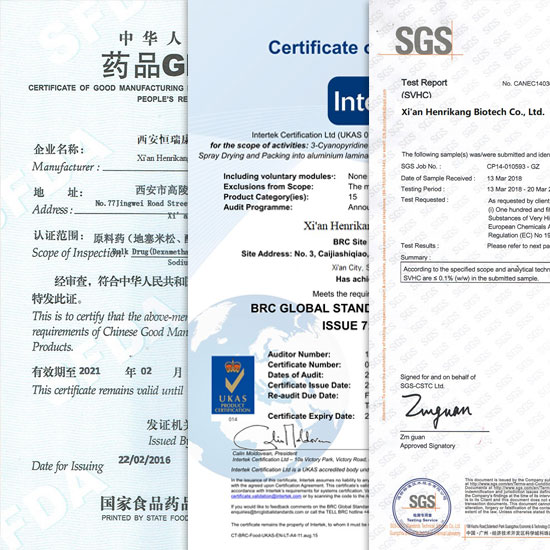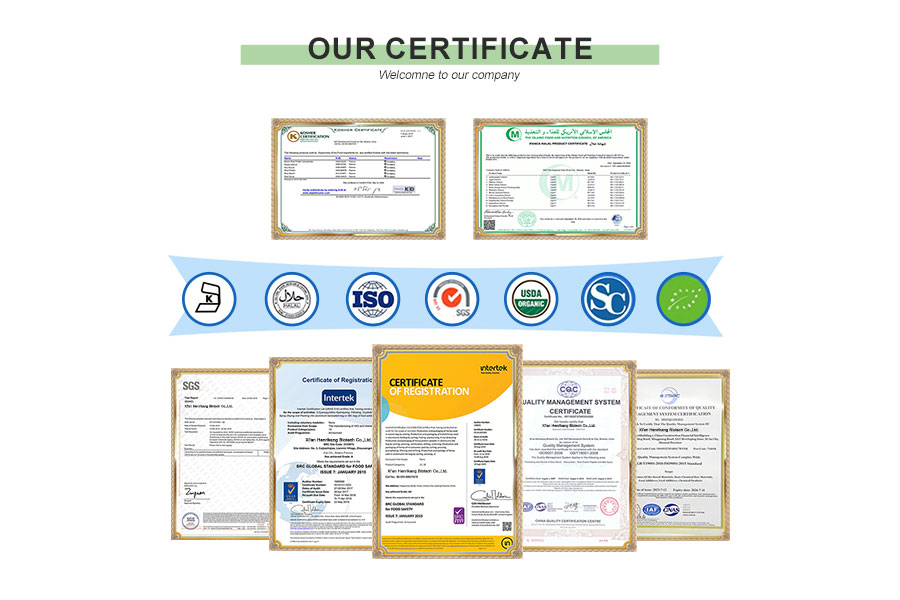





Related Attributes
Product details
Salicin is white crystal; bitter taste; melting point 199-202 ℃, specific spin [α] She-45.6 ° (0.6 g / 100 cm 3 anhydrous ethanol); soluble in water, soluble in boiling water, insoluble in ethanol (1:90), insoluble in ether or chloroform, but soluble in alkaline solution, pyridine or glacial acetic acid. Its aqueous solution is neutral reaction, no free phenolic hydroxyl group in the molecule, belongs to phenolic glycosides. Hydrolysed by dilute acid or bitter almond enzyme, it can produce glucose and salicyl alcohol.

Uses of Salicin powder.
Salicin has antipyretic and analgesic effects and was used in the treatment of rheumatic diseases in the past, but has now been replaced by other drugs.
Because of its hydrolysis can produce salicyl alcohol, easy to be oxidised and produce salicylic acid, so was the main source of synthetic salicylic acid drugs, now the pharmaceutical industry has adopted the synthetic method of manufacturing salicylic acid.

In vitro studies of Salicin powder.
Salicin is a phenolic beta-glucoside obtained from willow bark that has anti-inflammatory properties. Salicin is a prodrug that is gradually transported to the lower part of the intestine, where it is hydrolysed by intestinal bacteria to salicinol, which is converted to salicylic acid upon absorption.
Thus, it produces antipyretic effects without causing gastric damage.

Product Method of Bulk Salicin powder.
Prepared by extracting the bark and leaves of the poplar and willow plant with hot water. Poplars and willows produce an abundance of herbivore-fighting compounds known as salicin, the original source of the widely used analgesic aspirin.
WHY CHOOES US?

OUR CERTIFICATE

CUSTOM PROCESS

OUR PACKAGE

OUR EXHIBITION

OUR FACTORY

Shipping

Pharmaceutical Intermediate manufacturers
©2022 Xi'an Henrikang Biotech Co., Ltd.,